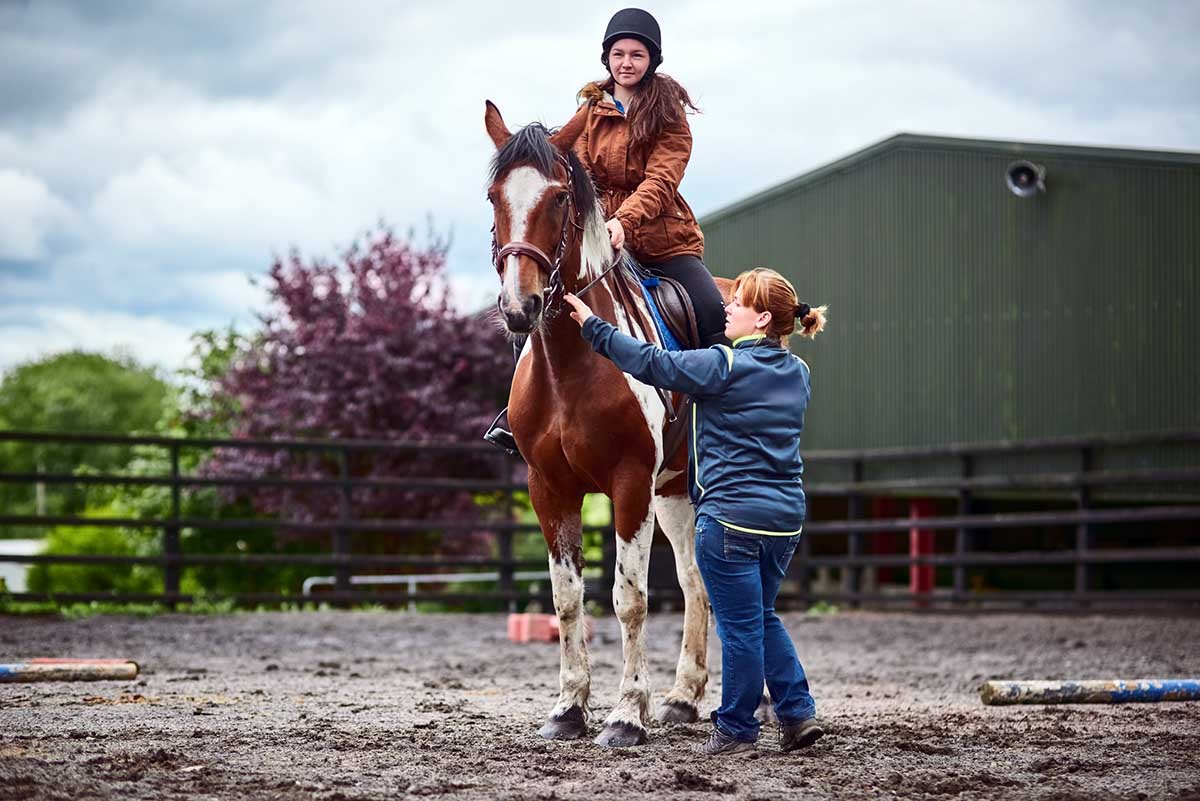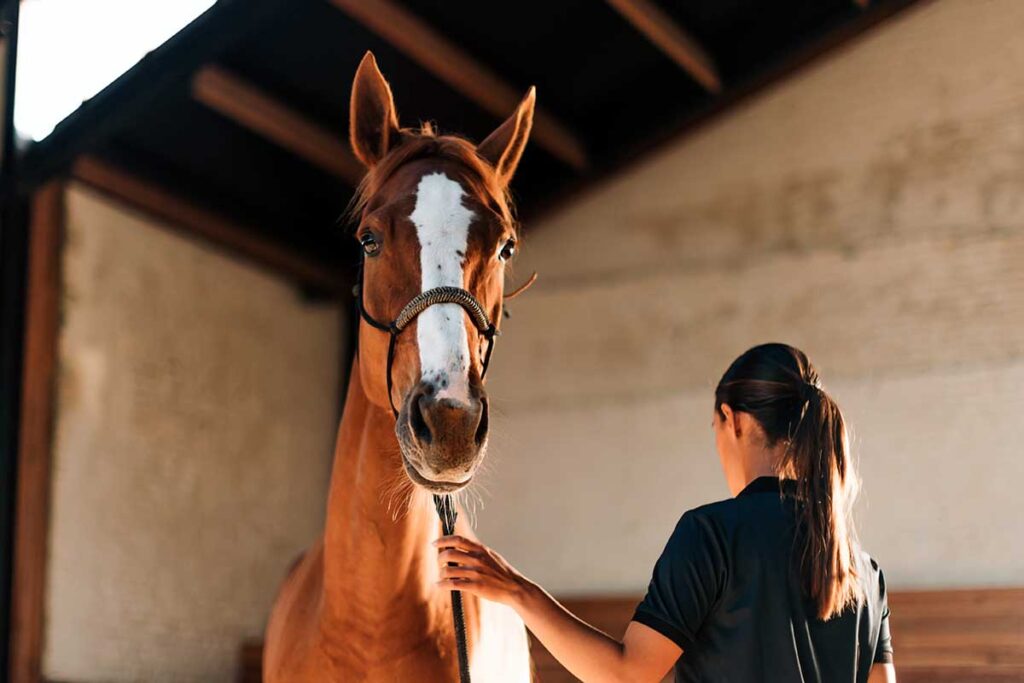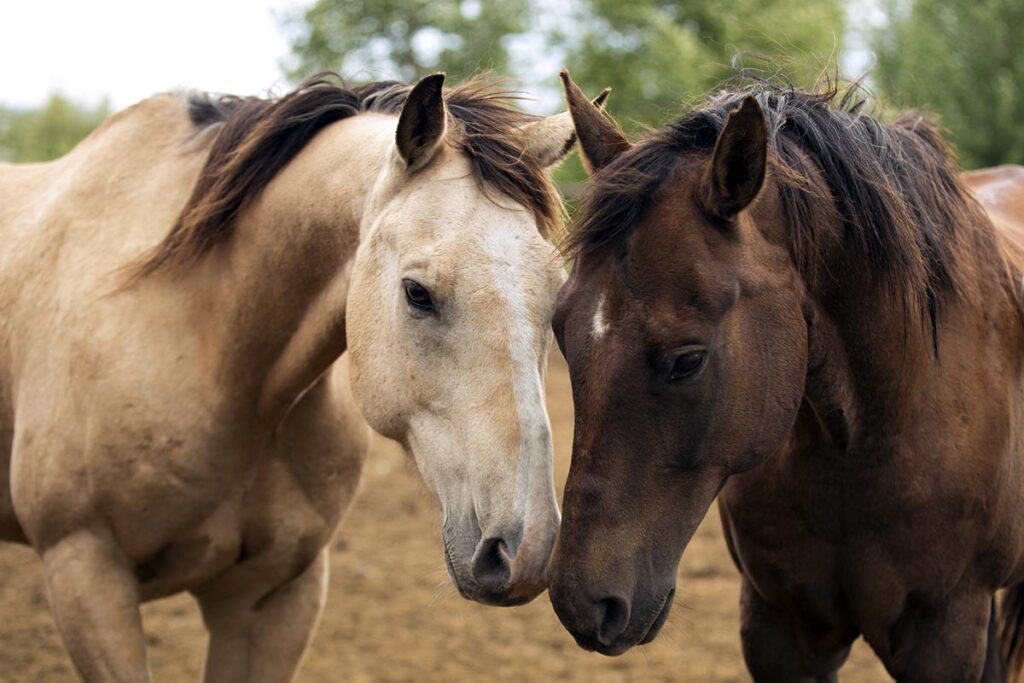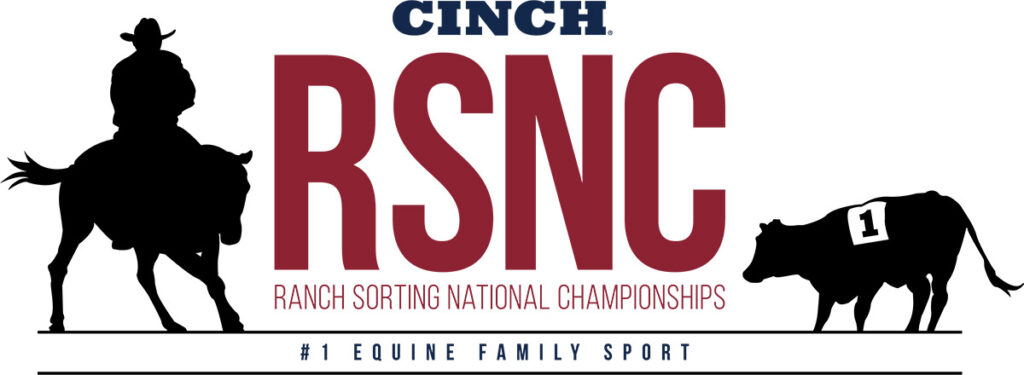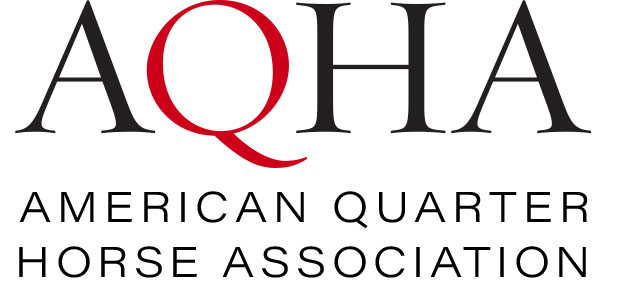Are you learning to ride a horse from scratch? Returning to riding after years away? Or maybe you just want to improve your existing skills and horsemanship? Regardless, horseback riding lessons can provide you with a wealth of knowledge and experience in the saddle. Before you start, however, it pays to do your research and be prepared. Here are all the things to consider.
Where to Ride
Depending on where you live, you might have a wide variety of riding stables to choose from or a very limited selection. You can find them by searching online, browsing local equestrian group forum, or by inquiring at local tack and feed stores.
Some stables concentrate on either English or Western riding disciplines, and some have trainers that can teach both. The discipline you choose will depend on a) what’s available in your area, and b) your own aspirations.
Regardless of discipline, standards of teaching vary considerably, and your main concern should be safety of both rider and horse. Talk to pupils at the stables you are considering. Ask them about the horses, the instructors, and the level of instruction. If any of their answers bother you, then you would be advised to select another facility.
Instructors who have been certified by the American Riding Instructors Association have demonstrated their teaching ability and have reached a level of competence that will help provide a safe learning environment to their pupils. The ARIA maintains a list of certified instructors. In the UK, riders can select from the many excellent establishments approved by the Association of British Riding Schools.
What to Wear
Riding clothing of all types has evolved for comfort and safety. Breeches or jodhpurs are stretchy, allowing you to lift your leg up to the stirrup without cutting into you behind the knee. They often have knee patches of suede or faux-suede. These provide a little added security in the saddle, while protecting your leg from getting pinched in the stirrup leathers. Riding boots protect the lower leg and support the ankle.
While it’s not necessary to run out and buy expensive riding habit before your first lesson, you will certainly be more comfortable if you wear suitable clothing.
Shorts are a definite no-no. Whether you ride English or Western, after an hour in the saddle your inside leg will be rubbed raw without the protection of long pants of some sort. Jeans are best, as an alternative to breeches. If you’ve got stretch jeans, preferably without a seam on the inside leg, you’re in great shape for your first horseback ride.
On your feet, you’ll want shoes with a good shank to give your feet support in the stirrups. A small heel will lessen the chance that your foot will slip all the way through the stirrup. Sandals are not appropriate—not only do they provide no support, but they also don’t protect your vulnerable toes from getting stepped on before you mount. Sneakers aren’t a good choice either, since they don’t offer the arch support or heel you’ll need. However, several types of “riding sneaker” offer the correct support and can also be used as everyday wear. Western boots are also suitable for your first horseback riding lesson.
Every rider should wear an approved safety helmet every time they ride. Many instructors and lesson barns have helmets available for beginners to use. If you’re planning to ride regularly, however, consider buying a well-fitting helmet of your own.
It’s less common to see Western riders wearing safety helmets, but increasing numbers of riders are starting to. Generally, they wear the same safety helmets as English riders. There are also special helmets available that fit under Western hats.
Your First Lessons
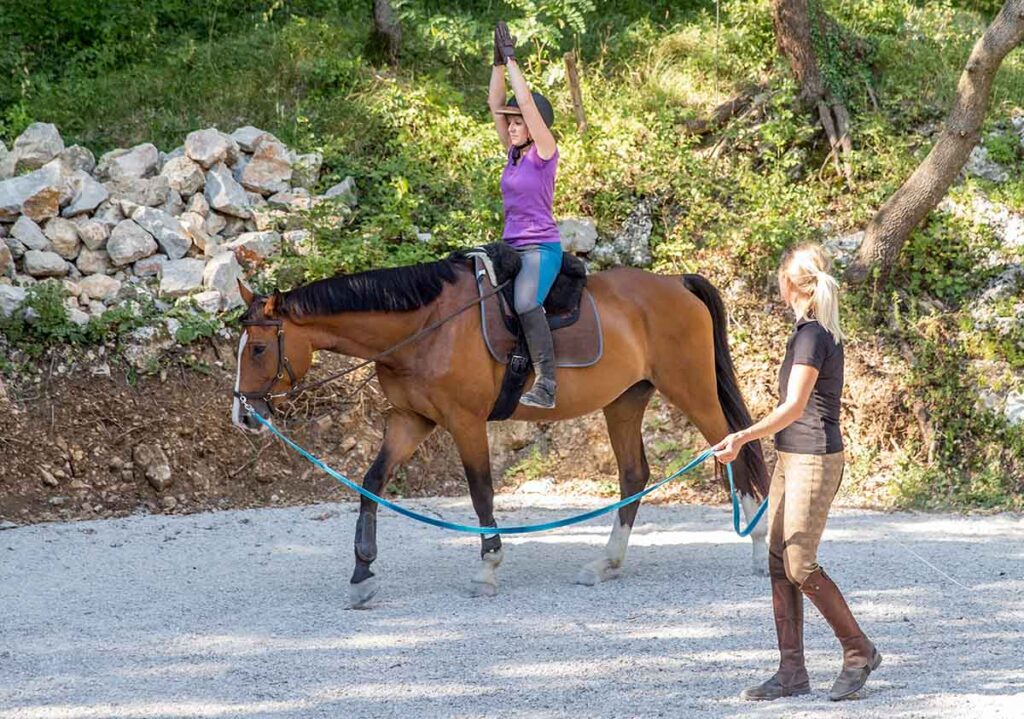
Don’t be surprised if much of your first lesson is spent on the ground. Horses can be unpredictable animals, and a good instructor will spend time teaching you about the correct handling of horses, before allowing you to get on. You’ll learn about haltering and leading, grooming and tacking up, etc. Some people might think this is a waste of money—they are eager to get mounted and riding. However, this is all part of horsemanship. The more competent you are around horses, the better relationship you will have with them going forward.
Your early lessons will be geared toward teaching you the skills you need to become a good rider. You’ll learn the correct way to mount, the correct position in the tack, the aids you will use to communicate with the horse, and more.
Many instructors like to give early lessons on a longe line. This is where the horse circles around the instructor on an extra long lead line. It gives the instructor control of the horse and allows you, the rider, to concentrate on learning about balance and coordination without worrying about controlling the horse. The longe line is especially helpful when you’re trotting for the first time. It’s much easier if you only have to think about one thing at a time, until it all becomes second nature.
Your lesson program will be progressive, with each lesson building on skills learned in previous lessons. A good instructor will challenge you without “overfacing” you or telling you to do something you’re not ready for. At any time during your lessons, you should feel comfortable telling your instructor if you think he or she is moving too fast.
Related Reading: Riding Safely: Essential Tips for Horseback Riders of All Levels
Are you enjoying this content? Sign up for My New Horse’s FREE newsletter to get the latest horse owner info and fun facts delivered straight to your inbox!

